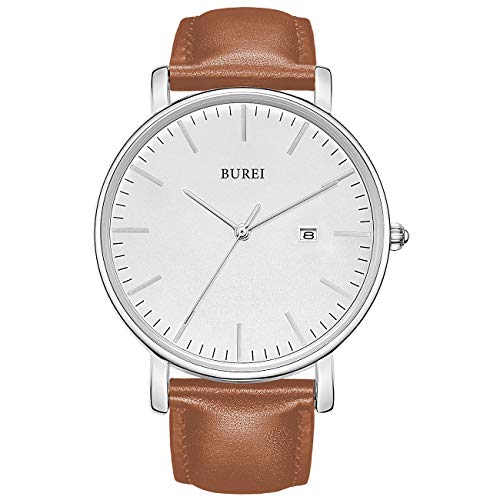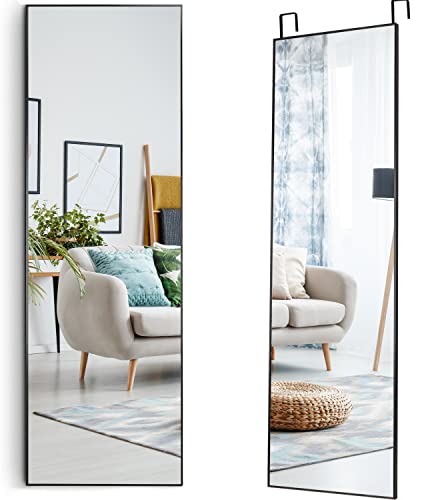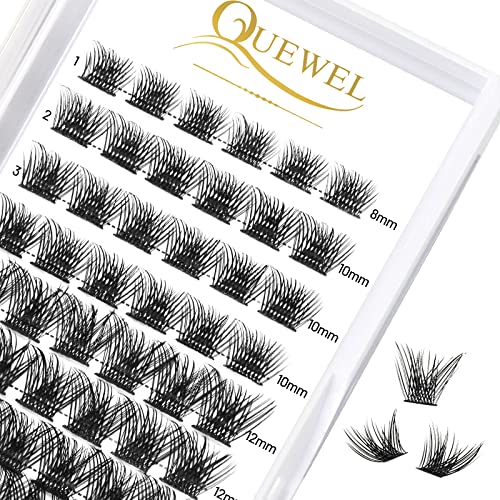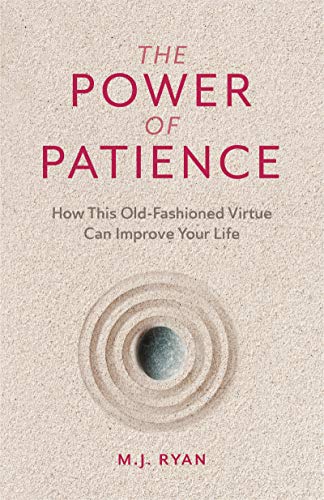This step-by-step guide aims to assist individuals in selecting the correct size for a minimalist watch. Minimalist watches are known for their sleek, understated designs, often with a focus on simplicity and clean lines. However, finding the right size for your wrist can be crucial to ensuring both comfort and style. This guide will provide a series of steps to help you navigate the process, from measuring your wrist to understanding different watch sizes and styles. By following these step-by-step instructions, you will be able to confidently choose a minimalist watch that fits effortlessly and enhances your overall look.
Sleek Timepieces in High Demand
Understanding Minimalist Watches
- Define the essence of minimalist watches by highlighting their defining characteristics. Emphasize their clean design, simplicity, and focus on essential features. Illustrate how these timepieces are stripped down to the essentials, exuding elegance through their minimalistic beauty.
- Explore the clean design philosophy of minimalist watches, elucidating how simplicity is at the heart of their aesthetic appeal. Guide users on how to recognize sleek watch faces, uncluttered dials, and minimalist hour markers that create a sense of calm sophistication.
- Explain the simplicity of minimalist watches by highlighting their uncomplicated functionality. Show users how these timepieces eschew unnecessary complications and embellishments, making them easy to read and effortless to wear, no matter the occasion.
- Discuss the focus on essential features that sets minimalist watches apart. Educate users on the key elements to look for, such as slim profiles, high-quality materials, and precise movements, which contribute to the overall allure of these timepieces.
With these insights, users will be equipped with a comprehensive understanding of minimalist watches, enabling them to appreciate the elegance of these timepieces and make informed decisions when selecting their own.
Measure Your Wrist Size
To measure your wrist size accurately, wrap a flexible measuring tape around your wrist. Make sure the tape is snug but not too tight. Read the measurement in inches or centimeters, depending on the markings on the tape. If you don’t have a measuring tape, use a piece of string or a strip of paper. Wrap it around your wrist and mark where it overlaps. Then use a ruler to measure the length between the starting point and the mark. Remember, getting an accurate measurement is crucial for finding the right size bracelet or watch that will fit comfortably on your wrist.
Consider Case Diameter
- Consider the significance of case diameter when selecting a minimalist watch as it determines the overall size and proportion of the timepiece on your wrist.
- To match the case diameter with your wrist size, follow these general guidelines:
- Measure your wrist circumference using a flexible measuring tape or a string that you can later measure.
- Take note of your wrist size in millimeters.
- For smaller wrists (less than 6.5 inches or 165mm), opt for a case diameter between 36-40mm for a balanced and proportional look.
- For medium-sized wrists (6.5-7.5 inches or 165-190mm), consider a case diameter between 40-44mm, which provides a modern and versatile aesthetic.
- For larger wrists (over 7.5 inches or 190mm), choose a case diameter above 44mm for a bold and statement-making appearance.
- Use these guidelines as a starting point, but ultimately select the case diameter that feels comfortable and suits your personal style and preferences.
Evaluate Case Thickness
Evaluate the case thickness by considering how it impacts the visual appeal and comfort of a minimalist watch. To determine the suitable case thickness, measure your wrist size and personal preference. For smaller wrists or those who prefer a sleek and lightweight watch, opt for a thinner case profile. Those with larger wrists or a preference for a bold and substantial look may opt for a thicker case.
Analyze Strap Width
- Highlight the importance of strap width: Recognize the significance of strap width in creating a visually balanced and proportional look for your watch. The width of the strap plays a crucial role in complementing the case diameter and wrist size.
- Suggestions for matching strap width: Consider the following suggestions to ensure the strap width is appropriate for your watch and wrist:
- Case Diameter: For watches with smaller case diameters (e.g., 36mm or below), opt for narrower strap widths (e.g., 16mm-18mm) to maintain a harmonious and elegant appearance. Conversely, larger case diameters (e.g., 40mm or above) can accommodate wider strap widths (e.g., 20mm-22mm) to provide a bolder and more masculine aesthetic.
- Wrist Size: Pay attention to your wrist size when choosing a strap width. If you have a smaller wrist, narrower strap widths (e.g., 16mm-18mm) will provide a proportionate and comfortable fit. For larger wrists, wider strap widths (e.g., 20mm-22mm) can create a more substantial and confident presence.
Remember, the goal is to achieve balance and proportion between the strap, case diameter, and wrist size. By carefully considering these factors, you can select a strap width that enhances the overall aesthetic appeal of your watch.
Consider Lug-to-Lug Distance
Understanding the concept of lug-to-lug distance is crucial when choosing a well-fitting watch. Lug-to-lug distance refers to the measurement between the two lugs on the watch case, where the strap or bracelet attaches. This measurement greatly affects how the watch sits on the wrist and ultimately determines its comfort and aesthetic appeal.
To choose a suitable lug-to-lug distance based on your wrist size, follow these steps:
- Measure your wrist: Use a flexible measuring tape or a piece of string to wrap around your wrist just below the wrist bone. Take note of this measurement in millimeters.
- Consider proportion: On average, individuals with smaller wrists tend to find a lug-to-lug distance of around 44-48mm more fitting, while those with larger wrists may opt for a range of 48-54mm.
- Try it on: When possible, try the watch on before making a purchase. Pay attention to how the lugs align with the edges of your wrist. Ideally, the lugs should not extend beyond your wrist or feel excessively tight.
- Account for preferences: Personal taste also plays a role in selecting the ideal lug-to-lug distance. Some individuals prefer a more compact fit, while others may appreciate a bolder look with larger lugs. Consider your style preferences and match them with the lug-to-lug distance accordingly.
Remember, choosing a suitable lug-to-lug distance ensures a comfortable and aesthetically pleasing fit. Take your wrist size and personal taste into account, and don’t hesitate to try on different watches to find the perfect fit for you.
Try On Different Sizes
- Experiment with various sizes of minimalist watches to find the perfect fit for your wrist. Assess the weight and dimensions of each timepiece you try on to ensure optimal comfort and style.
- Consider the strap width and length, as well as the case diameter and thickness. Ensure that the watch sits snugly on your wrist without feeling too tight or loose. Don’t forget to assess the visibility of the watch face and the ease of adjusting the time.
- Take note of any discomfort or irritation caused by certain materials or designs. Pay attention to the watch’s balance on your wrist and how it complements your personal style. Remember, finding the right size ensures an enjoyable and aesthetic experience with your minimalist watch.
Consider Personal Style and Preference
- Remind readers that personal style and preference play a crucial role in choosing the right size of a minimalist watch: Take into account that personal style and preference should be an important factor when selecting the size of a minimalist watch. Different individuals may have varying tastes and aesthetics, so it’s crucial to consider what suits your own style best.
- Encourage them to select a size that aligns with their aesthetic taste: Encourage readers to choose a watch size that aligns with their individual aesthetic taste. This will allow them to feel confident and comfortable wearing the watch, as it will complement their personal style.
- Explain different watch sizes and their impact on personal style: Describe the impact that different watch sizes can have on personal style. For example, a smaller watch size may create a more dainty and subtle look, while a larger watch size can make a bold statement. Provide visual examples or compare it to other objects, such as comparing a large watch to the size of a tennis ball and a small watch to a coin.
- Highlight the importance of trying on different sizes: Emphasize the importance of trying on watches in different sizes to determine what works best for each individual. Mention that visiting a physical store or using online size guides can assist in making an informed decision.
- Suggest considering wrist size: Advise readers to also consider their wrist size when choosing a watch size. A smaller wrist may be complemented by a smaller watch, while a larger wrist may benefit from a larger watch size.
- Encourage experimenting with different styles: Encourage readers to experiment with different styles and sizes to discover what they truly prefer. Remind them that personal style is subjective and there are no strict rules, so it’s important to find what resonates with them.
- Summarize by reinforcing the role of personal style: Conclude by summarizing the importance of personal style in choosing the right size of a minimalist watch. Highlight that selecting a watch size that aligns with individual preferences will ensure a more enjoyable wearing experience.
Making the final decision
In conclusion, selecting the perfect size for a minimalist watch requires careful consideration. This guide has emphasized the significance of accurate measurements, proportion, and personal preference to ensure a harmonious fit. By taking these factors into account, individuals can confidently choose a minimalist watch that both complements their style and enhances their overall look. Remember, each person’s preferences may vary, so trust your instincts and select the size that feels right for you.

















